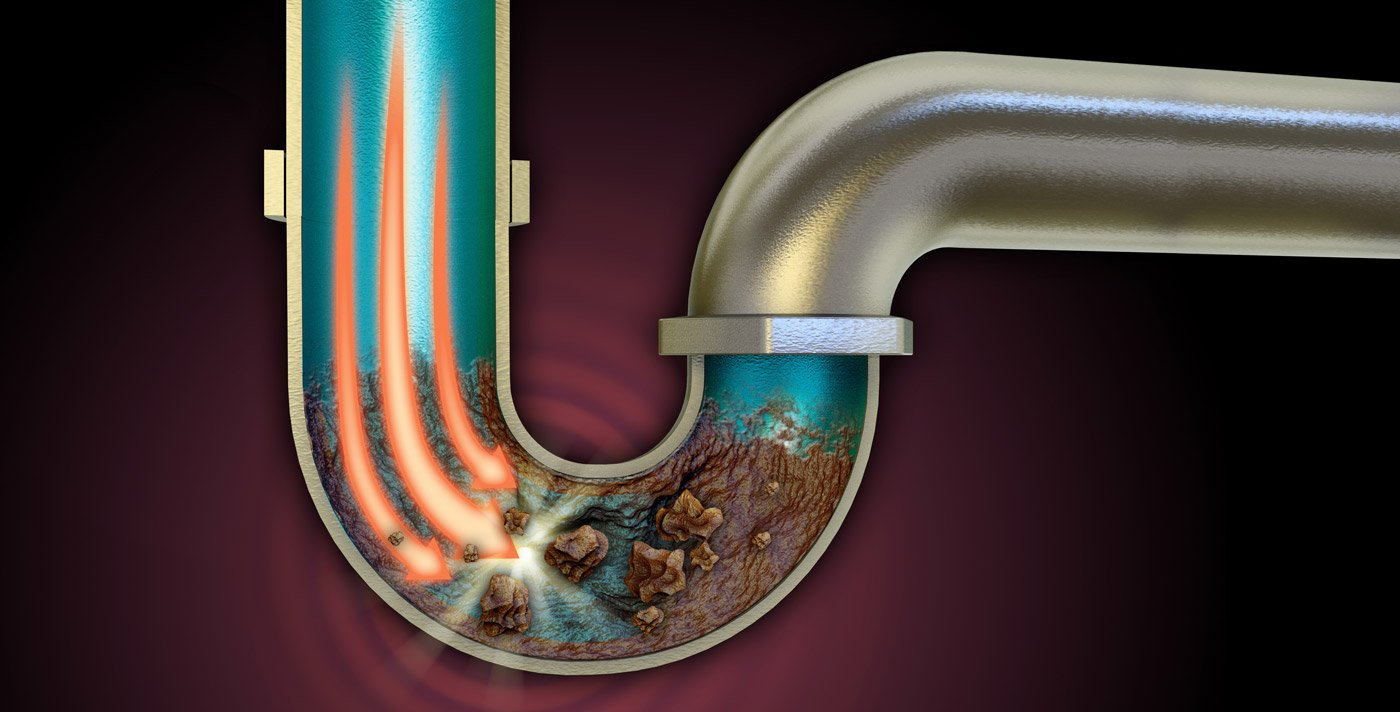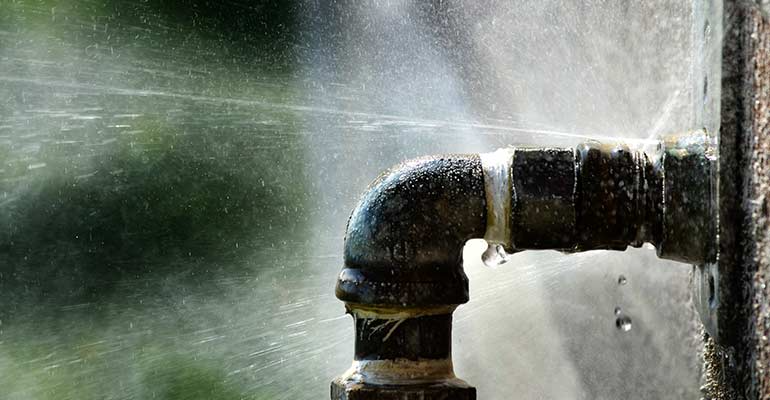(Updated) Different seasons come with different plumbing problems. For example, cracked pipes and subsequent water leaks are common plumbing problems in the winter due to the expansion of water inside frozen pipes. Water leaks and flooding from sprinkler systems are more common during the summertime because sprinkler systems tend to get more use and are therefore more likely to spring leaks when the weather is warmer. As the new season approaches, we’ll talk about common plumbing issues in Fall.
Plumbing problems are tough to handle no matter what time of the year it is. However, if you know what some of the most common plumbing issues for the upcoming season are, you can get ahead of those problems and help protect your plumbing system against them before they happen in your home. Autumn is fast approaching and with it comes various plumbing issues that are most common during the fall. Keep reading to learn more about a few of the most common plumbing issues in the fall and how to avoid them.
Clogged Drains
The drains in your home are more likely to clog during the fall than during other seasons. If you notice that the drains in your home are slow or clogged, the culprit might be fallen leaves or other autumnal debris that has degraded, broken down, and made its way into your home plumbing system via the pipes that are exposed to the outside of your home. This debris can cause blockages inside your drains, which can in turn cause these drains to become slow or clog completely.

Clogged Drains
One way to prevent clogged drains during the fall is to regularly check your outdoor drains and clear leaves, twigs, and other debris away from them. You can also get drain covers installed on these outdoor drains to prevent debris from making its way into the drains and your home plumbing system.
Broken Water Heaters
Water heaters commonly break during the fall. As the weather gets cooler and temperatures drop, your household is more likely to use more hot water. Plus, your water heater has to work harder to heat water in the first place when outside temperatures are lower and the water that flows into the heater is colder than it generally is during the warmest months of the year.
These problems cause many water heaters to become overworked and break during the fall season. However, most water heaters that fail during the fall were not properly maintained during the previous summer. Before autumn arrives in full swing, get your water heater inspected by a professional plumber in order to determine if it has any faulty parts or is malfunctioning so you can get it fixed if necessary before it fails in the first place.
Burst Pipes
Pipes are most likely to crack or burst during the winter when the water inside the pipes freezes and expands, putting too much pressure on the walls of the pipes. However, any severe seasonal temperature changes can lead to cracked or burst pipes. In some areas, temperatures fluctuate a lot during the fall season—which can cause pipes to expand, contract, and crack or burst.
Burst pipes can cause major water damage inside your home. Fortunately, it is possible to prevent your pipes from bursting before they actually burst—although there are no guarantees. Getting thick pipe sleeves installed on your pipes or getting your pipes insulated before temperatures in your area begin to fluctuate wildly can prevent the pipes in your home from cracking or bursting during the fall or winter.
Clogged Rain Gutters
During the fall, the rain gutters on the outside of your home are more likely to become clogged due to falling leaves and other debris as well as increased rainfall. When your rain gutters get clogged, water cannot drain from the gutters properly. Clogged rain gutters might seem like a minor problem, but this plumbing issue actually comes with some major dangers—clogged gutters can cause damage to your roof and even the foundation of your home and can lead to dangerous flooding when more rain falls during the wintertime.
This fall, keep an eye out for some common signs of clogged rain gutters—which include stained siding on the outside of your home, dripping or flooding from your gutters, and gutters that look as though they are weighed down or are sagging. Also, make sure you prepare for autumn by cleaning your rain gutters thoroughly. You should clean out your rain gutters at least twice a year in order to prevent them from getting clogged.


